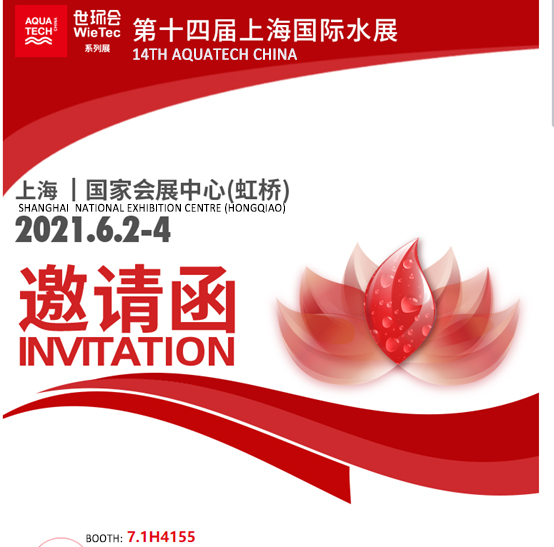
-
 Afrikaans
Afrikaans -
 Albanian
Albanian -
 Amharic
Amharic -
 Arabic
Arabic -
 Armenian
Armenian -
 Azerbaijani
Azerbaijani -
 Basque
Basque -
 Belarusian
Belarusian -
 Bengali
Bengali -
 Bosnian
Bosnian -
 Bulgarian
Bulgarian -
 Catalan
Catalan -
 Cebuano
Cebuano -
 China
China -
 China (Taiwan)
China (Taiwan) -
 Corsican
Corsican -
 Croatian
Croatian -
 Czech
Czech -
 Danish
Danish -
 Dutch
Dutch -
 English
English -
 Esperanto
Esperanto -
 Estonian
Estonian -
 Finnish
Finnish -
 French
French -
 Frisian
Frisian -
 Galician
Galician -
 Georgian
Georgian -
 German
German -
 Greek
Greek -
 Gujarati
Gujarati -
 Haitian Creole
Haitian Creole -
 hausa
hausa -
 hawaiian
hawaiian -
 Hebrew
Hebrew -
 Hindi
Hindi -
 Miao
Miao -
 Hungarian
Hungarian -
 Icelandic
Icelandic -
 igbo
igbo -
 Indonesian
Indonesian -
 irish
irish -
 Italian
Italian -
 Japanese
Japanese -
 Javanese
Javanese -
 Kannada
Kannada -
 kazakh
kazakh -
 Khmer
Khmer -
 Rwandese
Rwandese -
 Korean
Korean -
 Kurdish
Kurdish -
 Kyrgyz
Kyrgyz -
 Lao
Lao -
 Latin
Latin -
 Latvian
Latvian -
 Lithuanian
Lithuanian -
 Luxembourgish
Luxembourgish -
 Macedonian
Macedonian -
 Malgashi
Malgashi -
 Malay
Malay -
 Malayalam
Malayalam -
 Maltese
Maltese -
 Maori
Maori -
 Marathi
Marathi -
 Mongolian
Mongolian -
 Myanmar
Myanmar -
 Nepali
Nepali -
 Norwegian
Norwegian -
 Norwegian
Norwegian -
 Occitan
Occitan -
 Pashto
Pashto -
 Persian
Persian -
 Polish
Polish -
 Portuguese
Portuguese -
 Punjabi
Punjabi -
 Romanian
Romanian -
 Russian
Russian -
 Samoan
Samoan -
 Scottish Gaelic
Scottish Gaelic -
 Serbian
Serbian -
 Sesotho
Sesotho -
 Shona
Shona -
 Sindhi
Sindhi -
 Sinhala
Sinhala -
 Slovak
Slovak -
 Slovenian
Slovenian -
 Somali
Somali -
 Spanish
Spanish -
 Sundanese
Sundanese -
 Swahili
Swahili -
 Swedish
Swedish -
 Tagalog
Tagalog -
 Tajik
Tajik -
 Tamil
Tamil -
 Tatar
Tatar -
 Telugu
Telugu -
 Thai
Thai -
 Turkish
Turkish -
 Turkmen
Turkmen -
 Ukrainian
Ukrainian -
 Urdu
Urdu -
 Uighur
Uighur -
 Uzbek
Uzbek -
 Vietnamese
Vietnamese -
 Welsh
Welsh -
 Bantu
Bantu -
 Yiddish
Yiddish -
 Yoruba
Yoruba -
 Zulu
Zulu
frp fitting
Understanding FRP Fittings and Their Applications
Fiber Reinforced Polymer (FRP) fittings have become increasingly popular in various industrial applications due to their unique properties and advantages over traditional materials. Composed of a polymer matrix reinforced with fibers (typically glass, carbon, or aramid), FRP fittings offer exceptional strength-to-weight ratios, corrosion resistance, and durability, making them ideal for diverse environments.
Understanding FRP Fittings and Their Applications
Corrosion resistance is another noteworthy feature of FRP fittings. Traditional materials like steel and aluminum are prone to rust and degradation when exposed to harsh chemicals and environmental conditions. In contrast, FRP fittings can withstand aggressive substances, such as acids, alkalis, and salts, making them suitable for use in chemical processing plants, wastewater treatment facilities, and marine environments. This durability translates to lower maintenance costs and longer service life.
frp fitting

Moreover, FRP fittings are highly customizable. Manufacturers can tailor the properties of the polymer matrix and the type and orientation of fibers to meet specific requirements of a project. This versatility allows engineers to design fittings that can withstand extreme conditions, thereby optimizing performance in various applications, from piping systems to structural supports.
The ease of installation of FRP fittings should not be underestimated. They can be molded into complex shapes, allowing for a seamless integration with existing systems. Additionally, their lightweight nature enables quicker installation processes, ultimately saving time and labor costs.
However, it’s important to note that while FRP fittings have numerous advantages, they also come with considerations. The initial cost of FRP can be higher than traditional materials, but this is often offset by savings in maintenance and longevity. Furthermore, proper handling and installation are crucial to fully leverage the benefits of FRP.
In conclusion, FRP fittings represent a significant advancement in material technology, offering unique benefits across various industries. Their lightweight characteristics, corrosion resistance, customizability, and ease of installation make them an excellent choice for modern applications, pushing forward the boundaries of what is possible in engineering and construction. As industries continue to evolve, the demand for FRP fittings is likely to grow, paving the way for innovation and efficiency.









